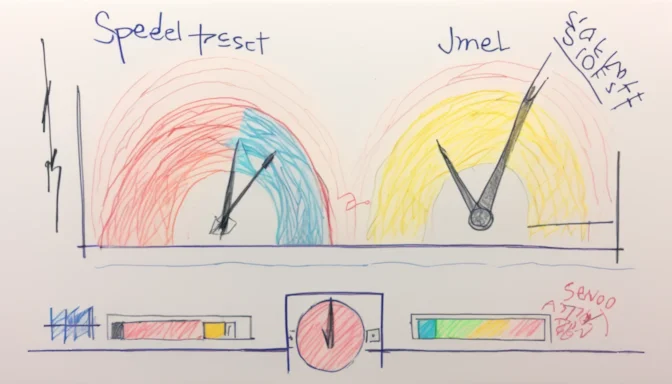What is Good Network Latency?

A good network latency is generally considered to be less than 100ms. For real-time applications like gaming, a latency range of 30-40ms is often ideal.
Causes of High Network Latency

A significant cause of high network latency is the distance between the client devices and the servers. The farther apart they are, the higher the latency will be.
How to Check Network Latency

You can use the 'ping' command to check your network latency. For example, type 'ping www.google.com' and look at the time it takes to receive a response.
Identifying Bad Latency Speed

A latency over 100 milliseconds is often considered bad and can result in noticeable lag, especially in gaming.
Latency vs. Ping

'Ping' is a method to test latency, which is the actual time delay. Though often used interchangeably, they are not the same thing.
Role of Hardware in Latency

Routers and modems can impact latency. Newer hardware often provides better network performance and lower latency.
Why 5G Can Have High Latency

In 4G/5G networks, parts of the backhaul network can contribute to high latency. Providers must monitor and optimize these networks to minimize delays.
Using Speedtest to Measure Latency

Speedtest.net and similar platforms can measure both latency and other aspects of network performance, giving you a holistic view.
 E-Commerceo
E-Commerceo
